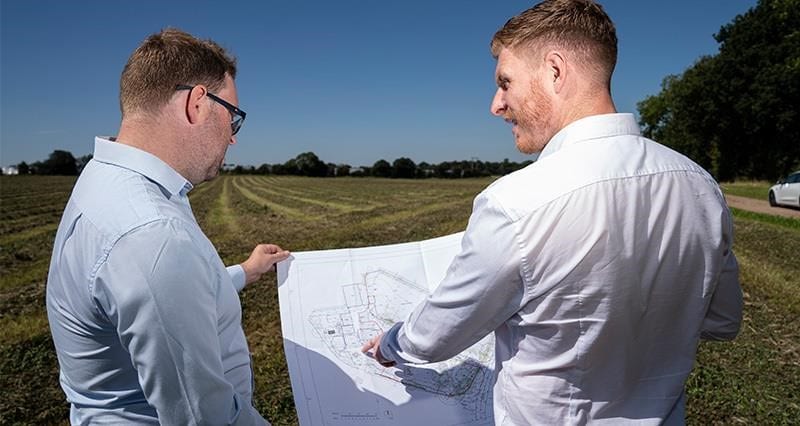Ringing Changes on Planning
Proposed reforms to the National Planning Policy Framework and other changes to the planning system
The government has announced plans to reform the National Planning Policy Framework (NPPF). On 30 July 2024, the Deputy Prime Minister set out to the House of Commons the Government’s plan to build the homes the country need, announcing the launch of a consultation on proposed changes to the National Planning Policy Framework (NPPF) and other aspects of the planning system including the introduction of strategic planning, changes to planning fees and new thresholds for some National Strategic Infrastructure Projects (NSIPs). This consultation is set to run until 11:45 PM on 24 September 2024.
In support of the proposed changes to the NPPF, Joanna Avery, the Chief Planner at the Ministry of Housing, Communities and Local Government stated: “The proposed changes to the NPPF underline the Government’s commitment to a plan-led system that supports sustainable and high-quality development, boosts housing supply, increases affordability, makes effective use of land and supports a modern economy.”
The proposed changes to the NPPF maintain the current policies concerned with supporting a prosperous rural economy that includes enabling the “the development and diversification of agricultural and other land-based rural businesses” and “the sustainable growth and expansion of all types of business in rural areas, both through conversion of existing buildings and well-designed, new buildings”.
Similar support is maintained for “sustainable rural tourism and leisure developments” which “respect the character of the countryside”
Policies surrounding food production are scarce in the NPPF; there is currently a single entry at footnote 64 which adds some weight to food production and tries to avoid the use of agricultural land for non-agricultural purposes. The proposed changes to the NPPF removes any weight given to food production.
It should be remembered that the draft NPPF issued by the Government on 30 July 2024 was a consultation document; it does not replace the current NPPF published in December 2023. Nevertheless, it gives a clear indication of the direction of travel for the new Government’s planning policy.
The Government has stated that it will respond to this consultation and publish NPPF revisions before the end of the year.
The proposed changes proposed will:
- Make targets mandatory and reverse other changes made under the previous Government, which undermine housing supply;
- Implement a new standard method formula to ensure local plans are ambitious enough to support the Government’s manifesto commitment of 1.5 million new homes in this Parliament;
- Identify grey belt land within the Green Belt, to be brought forward for homes and other important development through both plan and decision-making;
- Deliver affordable, well-designed homes, with new “golden rules” for land released in the Green Belt to ensure release delivers in the public interest
- Make wider changes to ensure that local planning authorities are able to prioritise the types of affordable homes their communities need and that the planning system supports a more diverse housebuilding sector;
- Support economic growth in key sectors, including laboratories, gigafactories, datacentres, digital economies and freight and logistics – given their importance to our economic future;
- Deliver community needs to support society and the creation of healthy places; and
- Support clean energy and the environment, including through support for onshore wind and renewables.
Alongside these policy changes the Government are consulting on:
- Reforming the Nationally Significant Infrastructure Projects (NSIP) regime to better accommodate onshore wind, solar, data centres, gigafactories, and water projects as part of broader NSIP reform efforts.
- Updating or removing local plan intervention policy criteria to ensure effective Government intervention for housing delivery.
- Proposals to increase certain planning fees, including those for householder applications, to better resource local planning authorities and enhance development performance.
A full version of the consultation draft NPPF can be viewed here.
Listen to CT Planning’s Chris Timothy expressing his views on the NPPF consultation on BBC’s Farming Today.
recent planning permission projects









